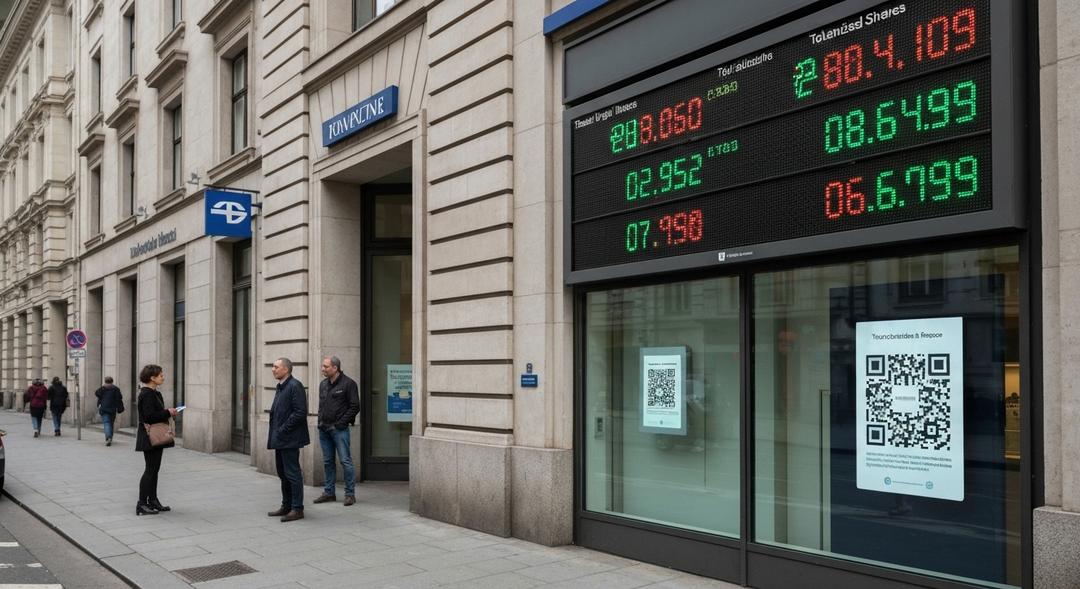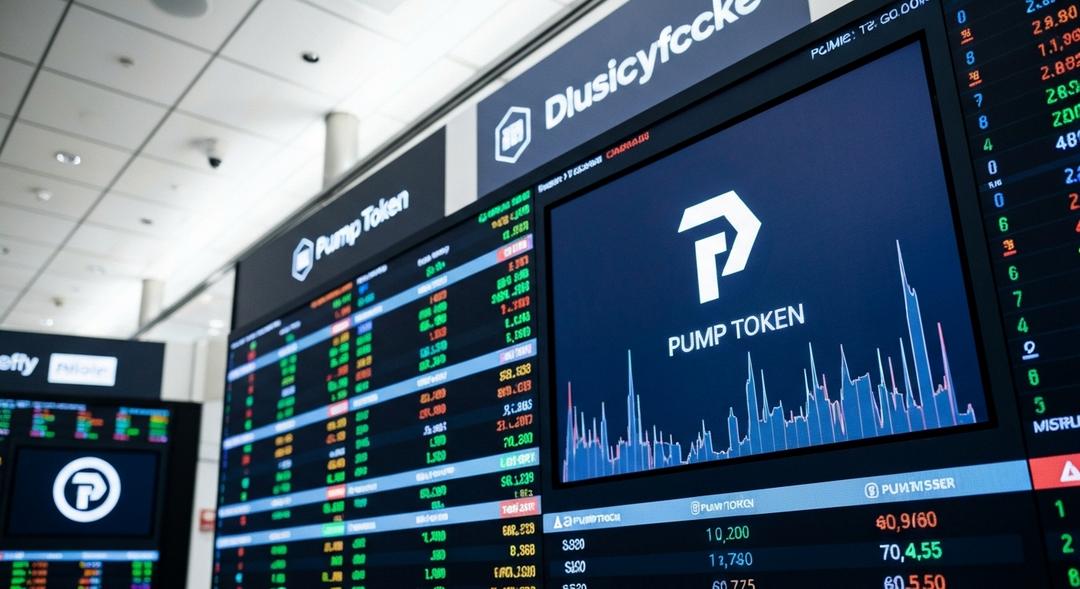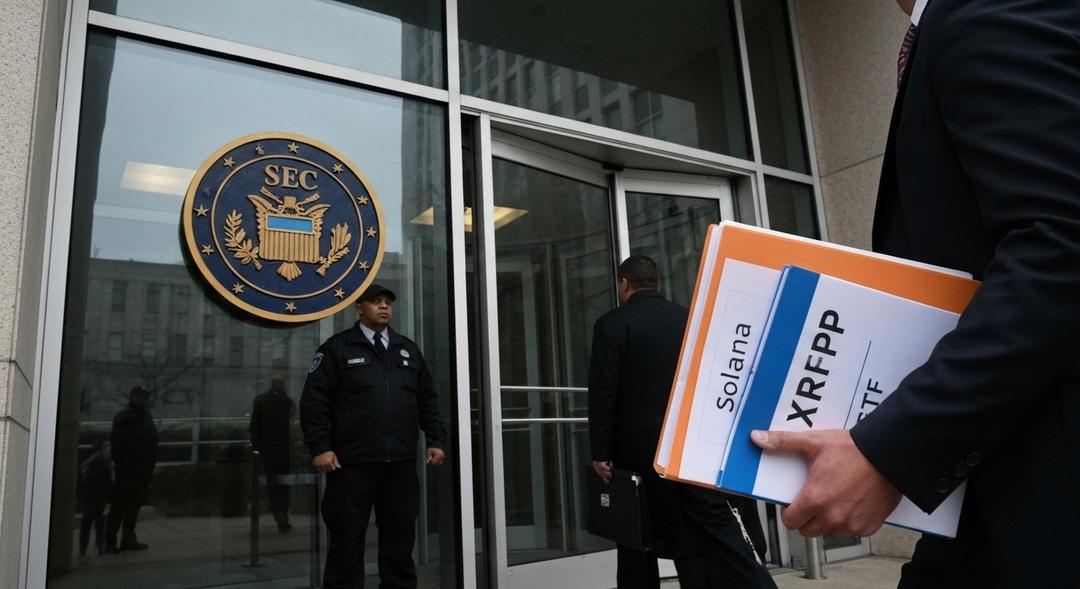Digital asset markets are experiencing rapid changes with new trends. The rise of tokenized equities is redefining how people interact with traditional stocks.
In recent months, the concept of converting physical shares of companies into digital tokens has captured broad attention. Tokenized equities allow users to own slices of real corporations directly via blockchain platforms.
Europe has emerged as a key region in this transformation. Major exchanges such as Gemini, Kraken, and OKX are already enabling their customers to trade stock tokens on their platforms.
Solana and BNB blockchain networks are also supporting projects that bridge traditional assets and digital finance. As this fusion becomes more widespread, more investors now realize they can access popular company shares with greater flexibility.
The process builds upon blockchain’s intrinsic strengths such as transparency and efficiency. Investors can monitor every transaction on public ledgers, ensuring more trust compared to conventional stock records.
For many, the appeal lies in simplicity and lower barriers. Global traders can buy fractions of high-value shares using cryptocurrencies or stablecoins. This opens markets to newcomers from regions where regular stock buying is difficult or costly.
Gemini, with operations across the continent, observes considerable growth in user interest for tokenized assets. Claudio Bedino, who leads Gemini’s European expansion, notes how regulations play a decisive part in scaling these offerings. With tighter rules and clear guidelines, user protection and platform integrity become easier to guarantee.
The next phase of tokenized equity lies in harmonizing processes across countries. Cross-border trades in stock tokens pose both opportunities and regulatory challenges for platforms and users.
Institutional investors are also joining the movement, attracted by the ability to move and settle large amounts more quickly. Blockchain-based tokens can streamline processes that typically involve multiple intermediaries and paperwork.
In parallel, private blockchain solutions are being developed for banks and licensed investors. This may pave the way for more widespread acceptance of digital shares in insurance, pensions, and other financial services.
A common question involves taxation, compliance, and real-world rights attached to digital shares. Exchanges are investing in robust infrastructure and transparent policies to handle dividends, split events, and shareholder privileges.
Market watchers suggest continued growth as new platforms roll out integrated solutions. For anyone curious about participating in similar digital finance trends, one option to consider is to Start Cloud Mining with reputable platforms offering secure options.
Conclusion
Tokenized equities are steadily gaining ground as a bridge between classic investing and innovative technologies. Leading exchanges and blockchain networks are joining forces to provide new ways for individuals to own and trade company shares.
As regulatory clarity improves and financial infrastructure matures, the adoption of digital asset stocks is likely to expand rapidly. The world of investing is set to become more inclusive, efficient, and transparent for everyone involved.

Finlay’s interest in cryptocurrency sparked from a desire to explore new investment opportunities beyond traditional markets. With a focus on cloud mining, he has spent several years analyzing mining services, comparing contract plans, and evaluating profitability across different platforms. Finlay aims to provide clear, unbiased insights that empower readers to make informed decisions in the fast-paced world of crypto mining.




